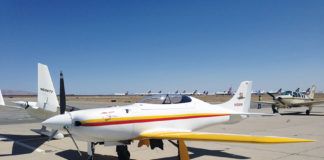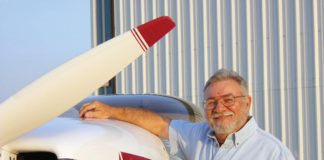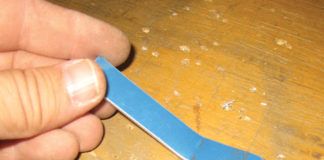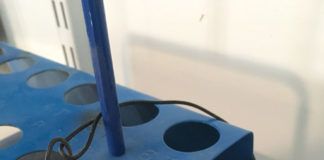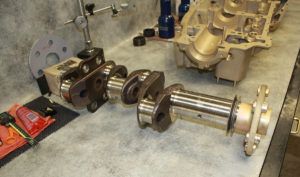 Superior Air Parts issued a statement regarding the FAA’s Notice of Proposed Rulemaking on potentially defective crankshafts in some Lycoming engines. This NPRM, which identifies cranks in some 115 engines, is likely to turn into an Airworthiness Directive.
Superior Air Parts issued a statement regarding the FAA’s Notice of Proposed Rulemaking on potentially defective crankshafts in some Lycoming engines. This NPRM, which identifies cranks in some 115 engines, is likely to turn into an Airworthiness Directive.
According to Superior, the NPRM affects Superior-built O-360 and IO-360 engines, and certain Lycoming engines (AEIO-360, IO-360 and O-360). “Unfortunately, we were only informed of the proposed rule two-weeks ago. Since then, we have been in contact with the FAA regarding their findings to fully understand the issue and identify the most likely cause of the failures,” stated Scott Hayes, VP of sales and marketing Superior Air Parts, Inc. “Our engineering team is currently reviewing all of the available information, and once we have determined the actual cause, we can work with the FAA to determine the most logical course of action.”
“All I can say for certain is that it is still just too early to form any type of conclusion about what caused these three crankshafts to fail the way they did,” stated Bill Ross, VP of product support, Superior Air Parts, Inc. “We want every one of our customers to know that we put safety ahead of everything and will do everything in our power to find the root cause as soon as possible.”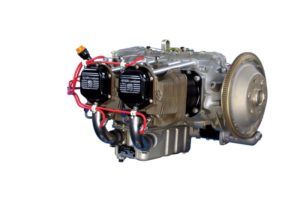
Superior claims that the affected crankshafts were “all produced by a specific Superior Air Parts vendor between 2012 and 2014, with the following parts numbers: (P/N) SL36500-A20 or P/N SL36500-A31, with serial numbers 82976-01; 82976-02; SP12-0003 through AP12-0089, inclusive; SP13-0034 through SP13-0150, inclusive; or SP14-0151 through SP14-0202, inclusive.” The cranks were in new engines from Superior as well as sold as replacement parts for other engines.
The NPRM stems from the FAA’s recognition of three engine stoppages from March 2017 to October 2018 resulting from crankshaft failure. In the NPRM, the FAA says that it “considered alternatives that may be less burdensome than removing the crankshaft assembly from service, including not taking AD action and requiring periodic inspections of the crankshaft assembly. However, these options are not acceptable because taking no action does not correct this known unsafe condition and the crankshaft assembly cannot be inspected without destroying it. The FAA concluded that there is no acceptable safety alternative to the replacement of the crankshaft assembly.”










